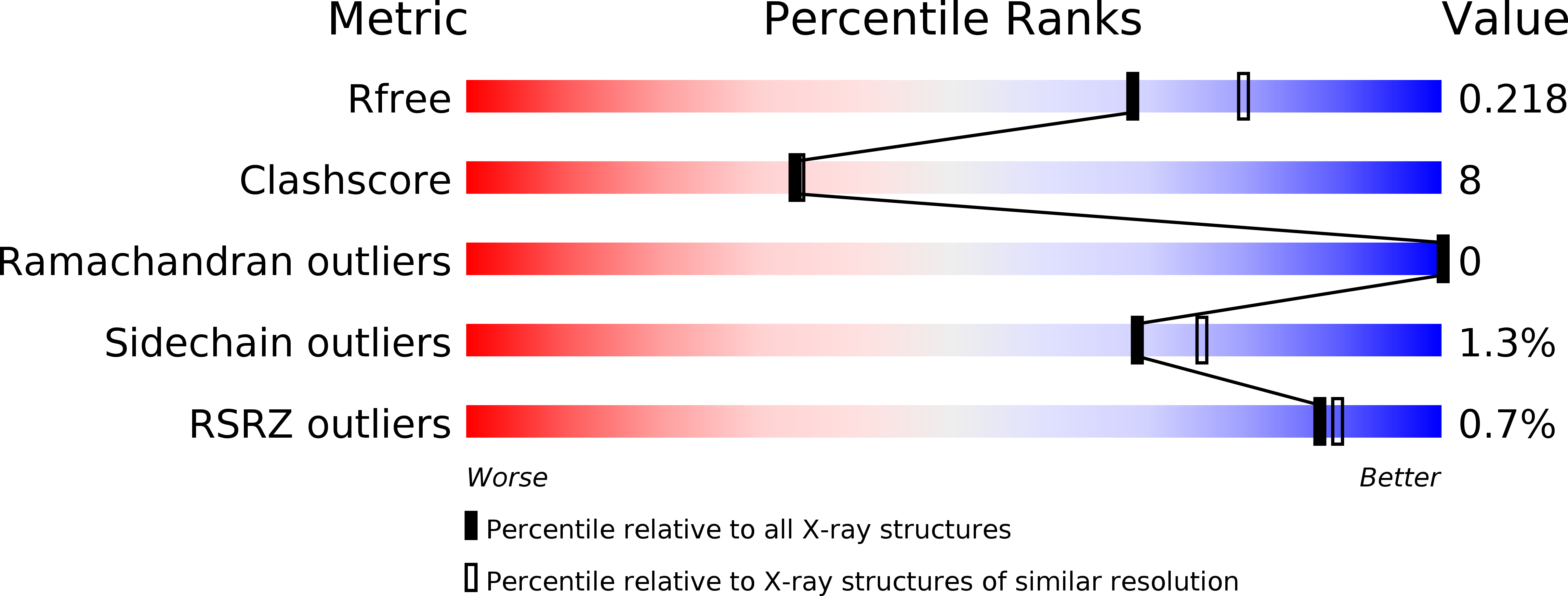
Deposition Date
2006-12-25
Release Date
2008-01-01
Last Version Date
2024-03-13
Entry Detail
PDB ID:
2E5V
Keywords:
Title:
Crystal structure of L-Aspartate Oxidase from hyperthermophilic archaeon Sulfolobus tokodaii
Biological Source:
Source Organism:
Sulfolobus tokodaii (Taxon ID: 111955)
Host Organism:
Method Details:
Experimental Method:
Resolution:
2.09 Å
R-Value Free:
0.20
R-Value Work:
0.19
Space Group:
P 21 21 21


